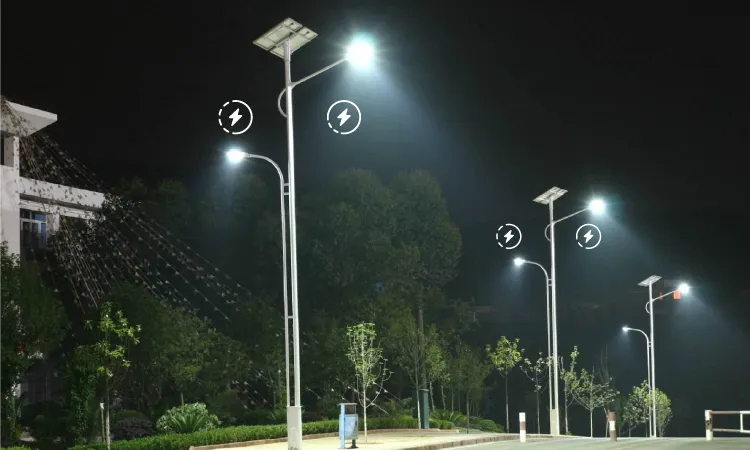Energy Saving in Street Lighting
In the realm of urban development, the efficiency of street lighting has emerged as a focal point of innovation and environmental stewardship. Initially, the objective was straightforward - to illuminate the streets, with little regard for cost implications. Over time, however, the escalating prices of energy resources and the detrimental effects of environmental pollution have catapulted energy conservation in street lighting to the forefront of sustainable development.

